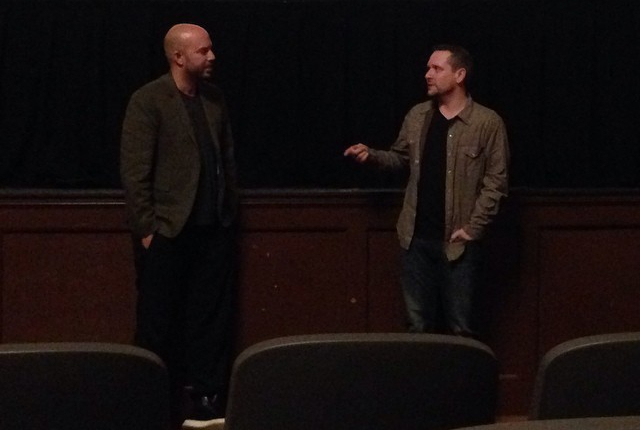Tag: Jamie Marks is Dead
-
Thank You, Carter Smith
This past weekend, I had the privilege of seeing my first novel made into a film that debuted at the Sundance Film Festival in Park City, Utah. The novel is called One for Sorrow. The film is called Jamie Marks is Dead. Early on in my novel, the narrator, Adam McCormick, observes in his high school yearbook…
-
Being on Set for Jamie Marks is Dead
At the end of this past week, I took a spontaneous trip to upstate New York to visit the film set for the movie “Jamie Marks is Dead” which is based on my first novel, One for Sorrow. The director and script writer, Carter Smith, had sent me an email earlier in the week inviting me…

